Only at RIT: Photographic Instumentation
by Ted Kinsman
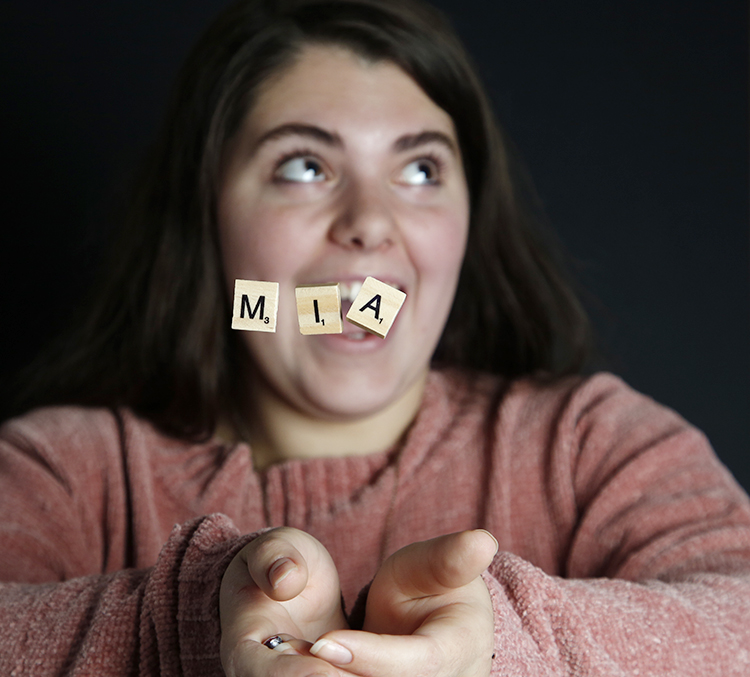
Recently, a student showed me an Instagram post with floating scrabble letters and asked me how I thought it was done. After a few moments of reflection, I decided there was a number of ways to photograph floating letters and it would be a great idea for a student lab. The students evaluated the techniques to see which was best for creating floating letters.
The Scrabble letters are obtained from an online retailer that sold a large bag of letters for a reasonable price.
After several methods were tested, the best results were obtained by the “trapdoor” technique. This experiment was the student’s favorite and the technique I will explain below. In the trap-door technique, the scrabble letters are arranged in a specially built box that has two doors on the bottom that swing open when a solenoid is energized. The trap door is an easy device to manufacture and the one I use was 3D printed, by eBay seller talos_crete. He sells the 3D printed drop box or trap door for around 50 dollars. The current arrangement only allows four letters to be dropped at a time. For larger groups of letters, a larger apparatus would be better.
The process is controlled by programming an Arduino processor to use a push button to start a clock and energize the solenoid which in turn opens the trap-door. After the letters fall the desired distance the high-speed flash is triggered to stop the motion. On this apparatus, the camera is set to bulb mode to catch the action, but future systems will be controlling a camera to take a picture at the correct time. This improvement will allow the system to operate in a room with the lights on.
The process is so stable that one of the students Ashley Crichton made a GIF:
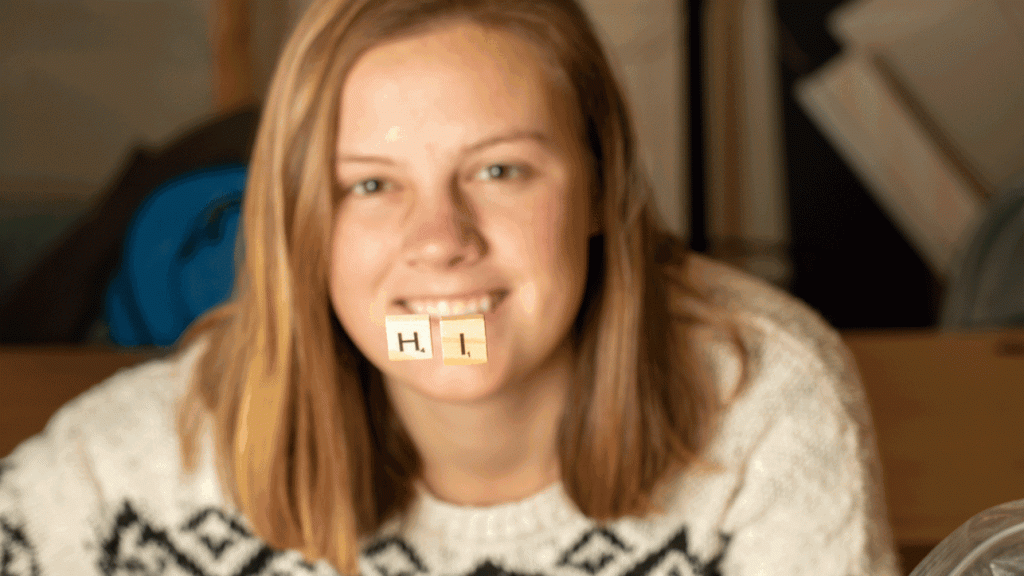
The trap door ready to drop scrabble letters:

The circuit
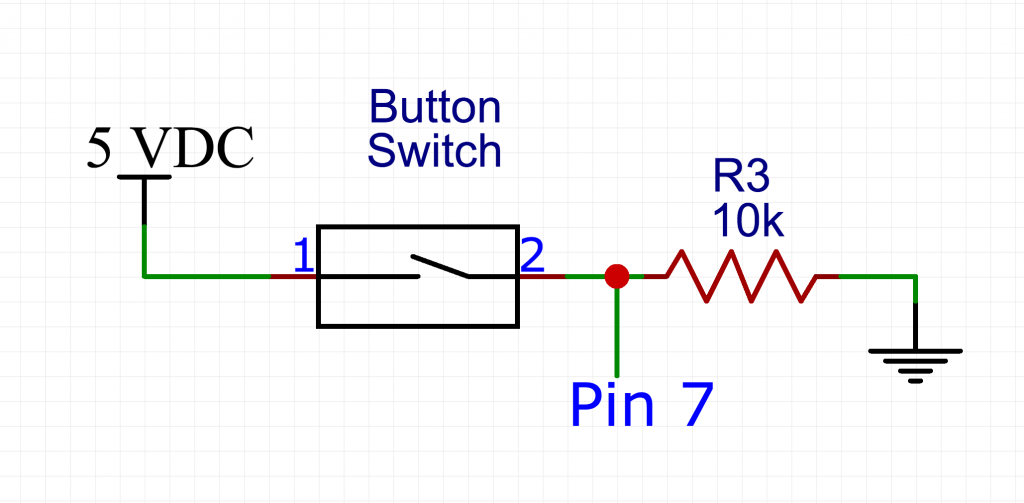
The switch resides on an electrical breadboard for this demonstration. When the switch is pressed, the Arduino pin 7 goes to a +5volt (high) value and this triggers the program to start.
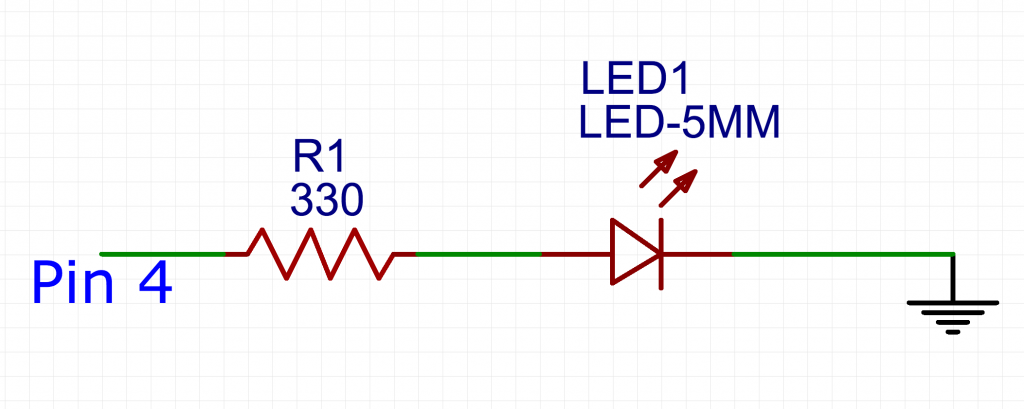
I like to stress the power of a glowing LED to indicate the experiment is working. This project is no exception. When the program starts up, the LED is turned on to show that something is working
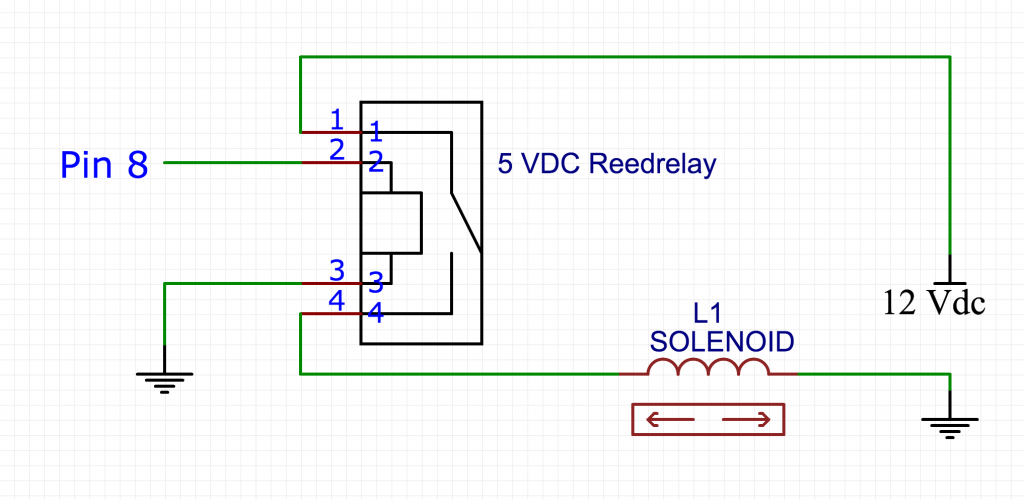
The program after triggering a pulse to the LED, opens a reed relay. This is basically a switch that allows the Arduino to control more voltage and current than can go through the microprocessor. Here the 5v DC reed relay opens a switch that allows the 12 VDC that the solenoid needs to open the trap-door. The reed relay also has the advantage that it isolates the 12VDC supply from the Arduino circuitry. The reed switch is not super-fast, but it is sufficient for this application.
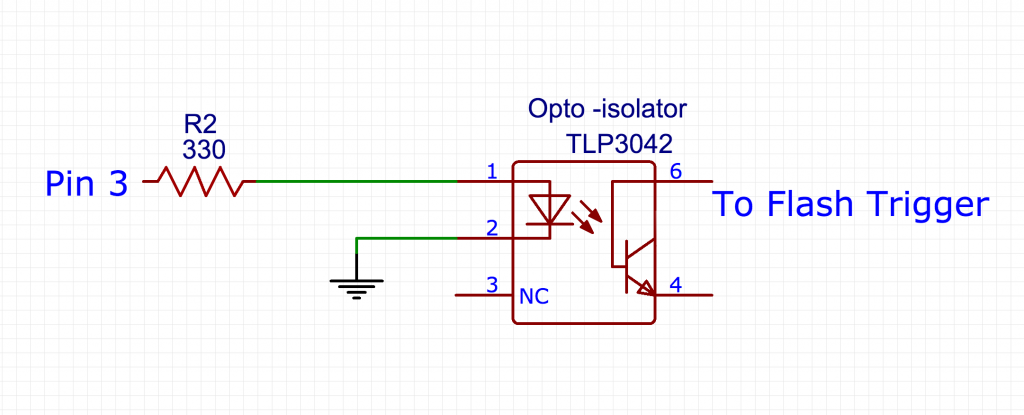
To trigger the flash, I used an optical isolator that keeps the circuits from the flash trigger separate from the circuits for the Arduino. I could use a reed relay for this application, however, the opto-isolator is much faster. This also a nice way for students to be introduced to an optical isolator.

In conclusion, the students decided that the trapdoor technique of dropping letters was the easiest and yielded the best results. The elimination of trial and error from the process allowed the students to get the letters in the exact position they desired every time.

During the day, the students were experimenting, Chris Marquardt from the podcast Tips From The Top Floor made the following video of the process:

Here is the code:
/*
* trapdoor2018.ino
* Ted Kinsman emkpph@rit.edu
* Assistant Professor of Photographic Sciences
* at Rochester Institute of Technology (RIT)
* October 17, 2018
* This code opens a trap door and times a flash to photograph dropping
scrabble letters.
* The press of a pushbutton starts the action.
*/const int flashPin = 3; // Set flash to pin 3 controls the opto-isolato
const int LED = 4; //LED on pin 4 to tell that the system is running
const int StartButton = 7; // Set push button to pin 7 this will be an input from a switch
const int Door = 8; // Set valve to pin 8 connects to a reed switch which
// controls the solenoid valve
int buttonState = LOW;
int DoorOpen = 95; // Set a delay variable for time (milliseconds) valve is open
int DoorPause = 40; // set delay between drips (milliseconds)
int flashDelay = 195; // Set a delay for flash to be triggered: adjust
// this for part how far the letters have fallen
void setup() {
pinMode(flashPin, OUTPUT); // Set pin 3 as an output
pinMode(LED, OUTPUT); //LED on pin 4 is an output
pinMode(StartButton, INPUT); // Set pin 7 as an input
pinMode(Door, OUTPUT); // Set pin 8 as an output
}
void loop() {
buttonState = digitalRead(StartButton);
if (buttonState==HIGH) { //starts the drips if the button is pressed
digitalWrite(LED, HIGH); //turns on the LED
digitalWrite(Door, HIGH); // makes the door solenoid open
delay(DoorPause); //keeps solenoid open for time (milliseconds)
digitalWrite(Door, LOW); // turns off the solenoid
delay(flashDelay); //wait the flash delay time to trigger flash
digitalWrite(flashPin, HIGH); //trigger the flash
delay(10); //keep flash trigger pin high long enough to trigger flash
digitalWrite(flashPin, LOW); //turn off flash trigger
delay(2000); // keeps the system in a pause mode to avoid false triggers
digitalWrite(LED, LOW);
} else{
digitalWrite(flashPin, LOW); //sets pins low
digitalWrite(Door, LOW); //sets pins low
}
}
About Ted Kinsman

Kinsman has an AS in Optics, a BS in Physics, and a MS in Science Education. He has worked as an optical engineer, a physicist, and a physics instructor before coming to RIT to teach the technical side of imaging.
Ted Kinsman is one of the few active high-speed photographers able to photograph at times less than 1/1,000,000th of a second. That is faster than a speeding bullet. Recently, Kinsman’s work has expanded to the x-ray region of the spectrum where he continues to explore imagery for books and magazines. His work has appeared on The Discovery Channel, Crime Scene Investigations (CSI), The X-Files, South Park, The Tyra Banks Show, ABC, NBC, PBS, CBS and the British Broadcast Corporation. Recently, he did work on
The Frozen Planet series, and James Cameron’s Avatar movie.
In 2015, Kinsman won the National Science Foundation’s Imaging Science Contest with an x-ray image of a turtle with eggs. Kinsman’s work predominantly focuses on using images to teach science.